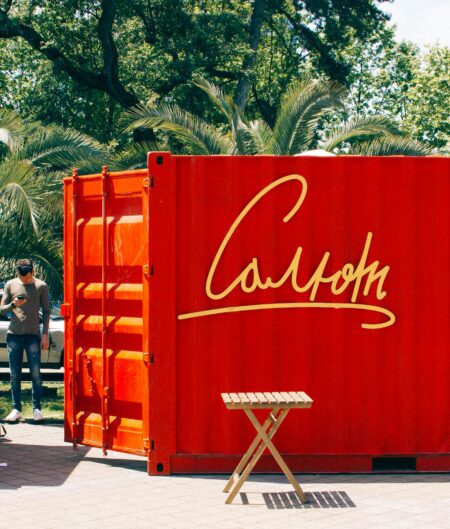
The world of architecture is one that is fuelled by creativity and innovation. Architects all want to put a personalized stamp on the buildings that they design.
However, alongside those concerns, a rising trend within the industry in 2024 is that of sustainability. People are increasingly conscious of the environmental impact of their actions and the architecture industry is no exception to that.
Do you have a plan for sustainability in your work is one of the key questions that people are now asking architects. Social responsibility is no longer an optional extra.
Here are five of the most innovative and sustainable trends that could represent the future of architectural design.
Collaborative Design
Architects have always worked alongside other people, including electricians and construction workers, but now that collaborative field is being expanded. Environmental scientists and social anthropologists are among those who are being brought in from the beginning of a design project.
The reason for that is to look for ways of prioritizing sustainability at every stage of the process. Some people refer to architecture projects of this sort as ‘green architecture’ because of its bottom-up commitment to the environment.
It is the future because the world we live in depends on it.
Reshaping Existing Structures
Another trend that is gaining ground is the reshaping – and recycling – of existing buildings and materials to create new ones. Curiously, shipping containers are at the heart of this and shipping container architecture is a genuine thing.
This means companies that can transform such containers into workspaces or storage units through the addition of container cover roofs. It also means architects creating new buildings out of old shipping containers, like Carroll House in New York.
That is a brutalism-inspired home constructed from cut and stacked metal containers. Aside from design innovation, the purpose is always sustainability.
Greater Use of Wood
The entire construction sector is currently looking for ways to reduce CO2 emissions and greater use of wood is one of them. Wood has always been employed in designs as cladding, but now it is trending as a main construction material.
An increasing number of architects are coming up with designs for wood buildings, with timber the preferred choice. That is because it enables faster and more sustainable construction practices and can be used for modular buildings that are quick and easy to put together.
‘Shop-Top’ Design
The design movement known as ‘shop-top’ is all about preserving important green spaces by building upwards instead of outwards. The idea is to make it possible for people to live in their preferred city areas without choking off all of the parks and other amenities that help the environment.
Its name comes from the fact that it involves designing high quality apartments above shops. Given there is a pressing need to protect green spaces but also a high demand for urban dwelling, there seems little doubt that this trend is going to grow stronger in the future.
The Rise of Prefabricated Buildings
Earlier we referred to old shipping containers being converted to new uses and another of the main ones is for prefabricated housing. The steel-based bodies of these containers make for hard-wearing and practical material to build a small home out of.
This gives architects the challenge of designing an appealing home out of that raw material, but it also meets the need to use reuse existing substances. Steel is highly recyclable, which is another great benefit of it.
It is another trend that supports the shift to sustainability throughout the architecture industry. Prefab buildings made from shipping containers is one of the more surprising and exciting trends for the future.
What these trends have in common is their benefits to the environment, which shows us where the industry is heading. That means they have a good chance of being the way forward especially in the eyes of architects.

